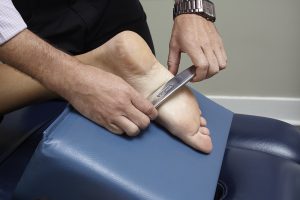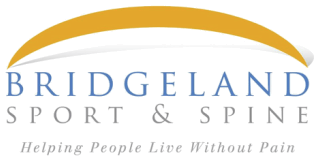Foot Pain Treatment
Stop foot pain now!
Ultrasound didn't work? Orthotics only took the edge off? The Graston technique and Shockwave therapy address the root causes of plantar fasciitis and heel spurs.

The plantar fascia is a thick, wide ligament structure that runs beneath the arch of the foot and attaches along the underside of the heel bone. Standing on hard surfaces, walking in poor footwear, or even just a lifetime of use can result in injury to the plantar fascia. In the early stages people commonly notice painful arches in the morning. This initial pain comes from microscopic tears of the ligament and the resulting inflammation. Initially this pain goes away after a few minutes of walking. As the condition worsens the morning pain becomes more intense as dense, rigid scar tissue forms throughout the tendon and its attachment to the heel. Eventually all walking and recreational activity is affected as a heel spur develops. Many traditional therapy approaches including anti-inflammatory medication, ice, stretching and rest have limited benefit.
A lasting recovery from plantar fasciitis requires correction of the root cause of the condition. The Graston technique uses specifically designed patented instruments to break down scar tissue while shockwave therapy stimulates cellular processes that initiate tendon repair and remodeling.
Is the treatment painful?
Most people experience some discomfort with the procedure due to the number of nerve endings located at the feet. This discomfort is minor, however, compared to the daily foot pain of plantar faciitis.
How many treatments do I need?
The number of treatments varies widely depending on the severity of the condition and the general health status of the individual patient. The typical treatment protocol for a chronic case with a heal spur is one treatment weakly for 6 weeks with a six to twelve week follow up. Many clients are completely recovered at this point. Patients with a persistent problem at reassessment are offered either another shorter trial of therapy or referral for additional specialist assessment.
Do I have to keep doing more treatments?
Typically, no. Unlike many other sprain/strain conditions there is a very low rate of recurrence once the foot has recovered. While no therapy can fix you so well that you can’t hurt yourself again, some common sense going forward will minimize the chances of future problems.
